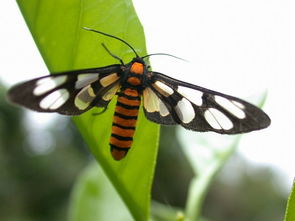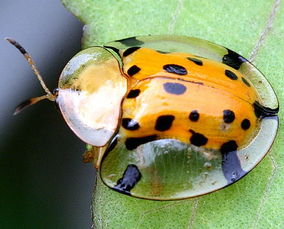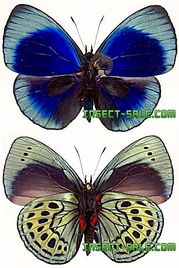
Understanding Antihistamines for Insect Bites and Stings
Dealing with insect bites and stings can be quite an uncomfortable experience. Whether it’s a pesky mosquito or a more aggressive bee, these encounters can lead to redness, swelling, and itching. To alleviate these symptoms, many people turn to antihistamines. In this article, we’ll delve into what antihistamines are, how they work, and the best options for treating insect bites and stings.
What are Antihistamines?

Antihistamines are medications designed to counteract the effects of histamine, a chemical released by the body during an allergic reaction. Histamine is responsible for many of the symptoms associated with insect bites and stings, such as itching, redness, and swelling. By blocking histamine, antihistamines can help reduce these symptoms and provide relief.
How Do Antihistamines Work?

Antihistamines work by binding to histamine receptors in the body, preventing histamine from causing its typical allergic response. This can help reduce the inflammation and itching associated with insect bites and stings. There are two main types of antihistamines: first-generation and second-generation.
| First-Generation Antihistamines | Second-Generation Antihistamines |
|---|---|
| Can cause drowsiness | Less likely to cause drowsiness |
| Longer half-life | Shorter half-life |
| More likely to interact with other medications | Less likely to interact with other medications |
Best Antihistamines for Insect Bites and Stings

When it comes to treating insect bites and stings, there are several antihistamines you can consider. Here’s a breakdown of some popular options:
First-Generation Antihistamines
First-generation antihistamines, such as diphenhydramine (Benadryl) and hydroxyzine (Atarax), are often recommended for their immediate relief of symptoms. These medications can be taken orally or applied topically as a cream or gel. However, they may cause drowsiness, so it’s important to consider this if you need to stay alert.
Second-Generation Antihistamines
Second-generation antihistamines, such as cetirizine (Zyrtec) and loratadine (Claritin), are less likely to cause drowsiness and have a shorter half-life. These medications are often preferred for their convenience and effectiveness. They can be taken orally and are available over-the-counter.
Topical Antihistamines
In addition to oral antihistamines, there are also topical options available. These include antihistamine creams, gels, and sprays that can be applied directly to the affected area. Topical antihistamines can provide targeted relief and are often recommended for localized symptoms.
When to Seek Medical Attention
While antihistamines can provide relief for most insect bites and stings, there are certain situations where you should seek medical attention. These include:
- Severe swelling or redness
- Difficulty breathing
- Severe pain or throbbing
- Signs of infection, such as fever or pus
In these cases, it’s important to consult a healthcare professional for appropriate treatment.
Conclusion
Antihistamines can be a valuable tool in treating insect bites and stings. By understanding the different types of antihistamines and their effects, you can choose the best option for your needs. Remember to consult a healthcare professional if you have any concerns or if your symptoms worsen.







